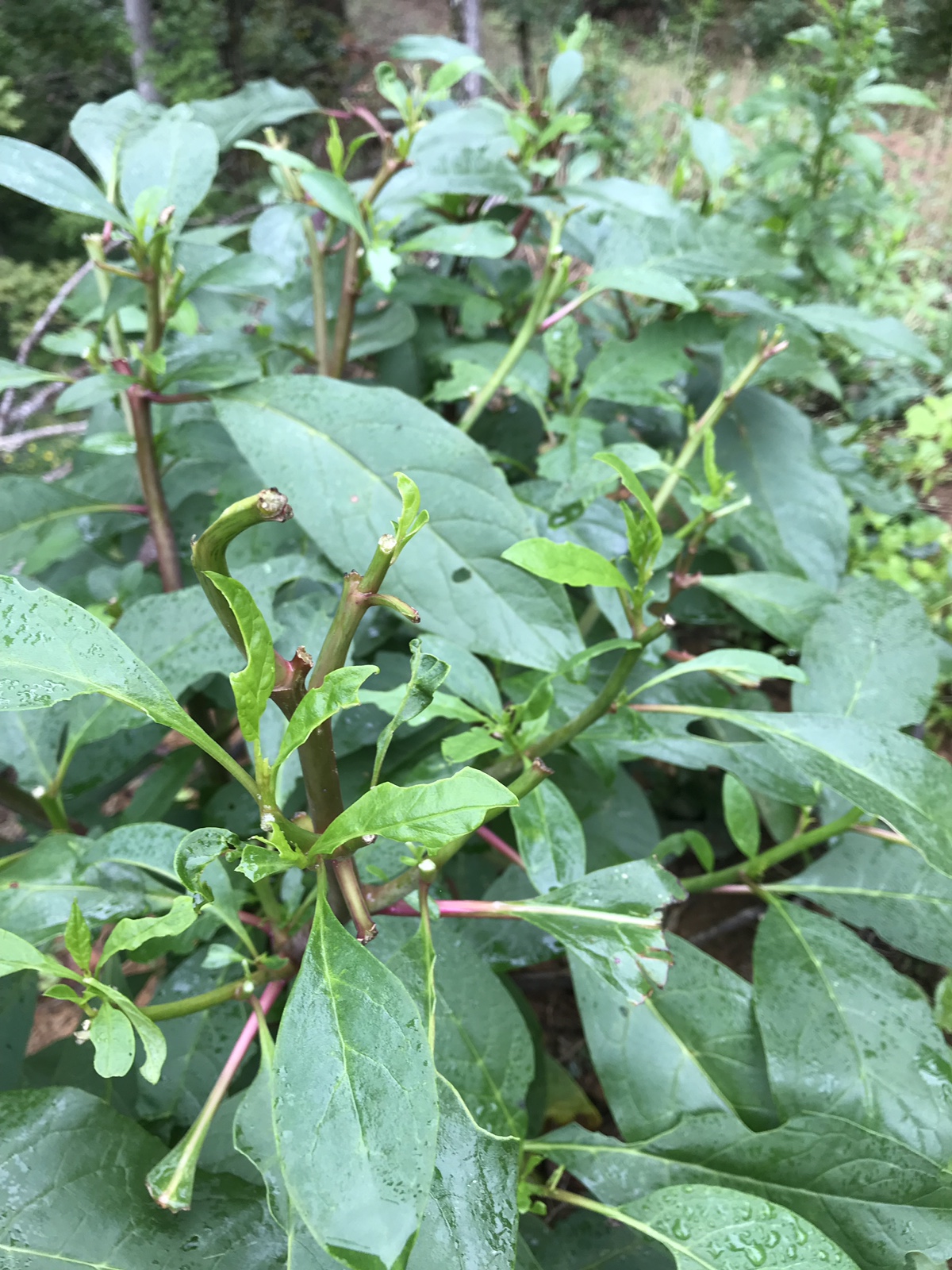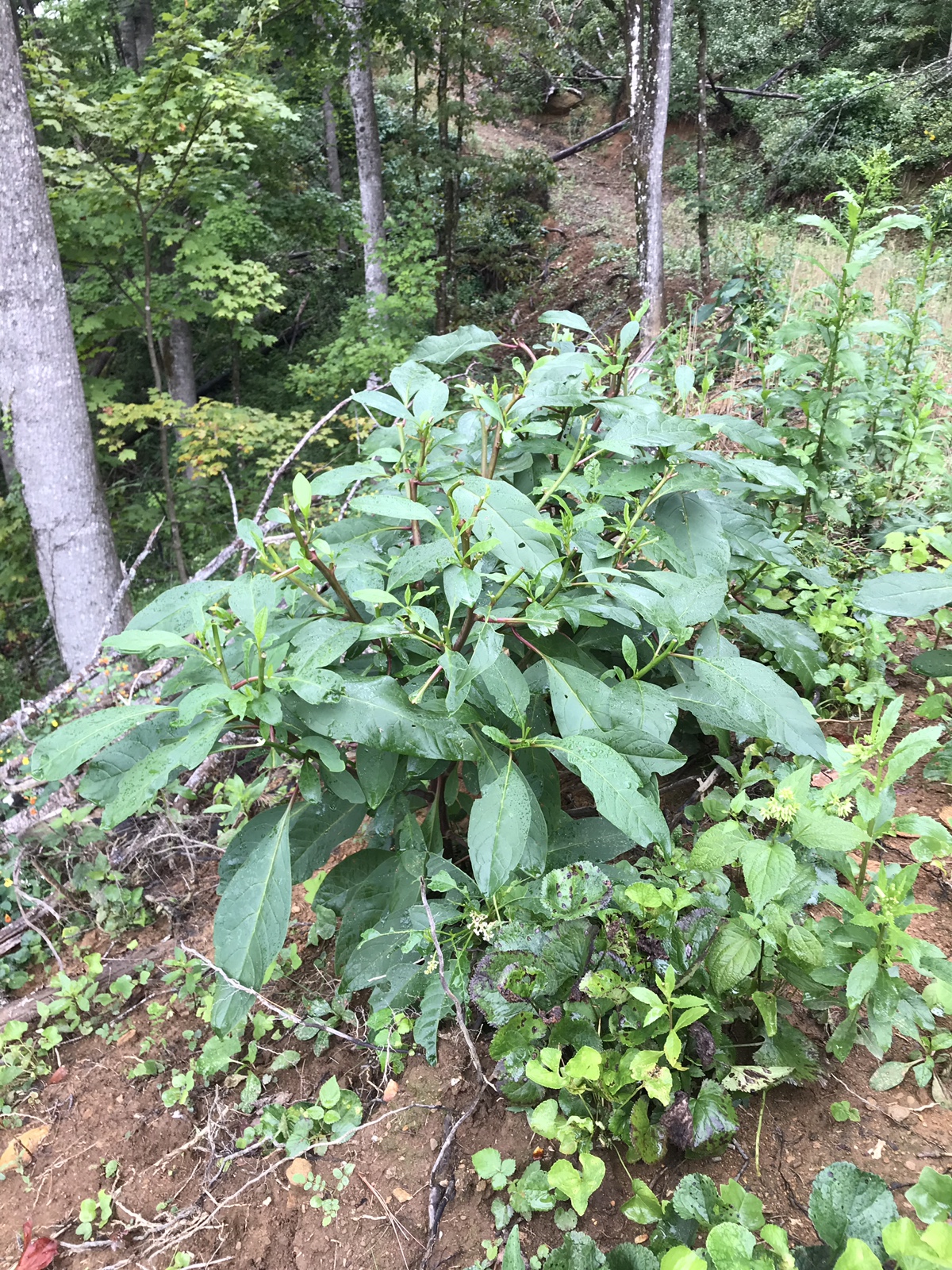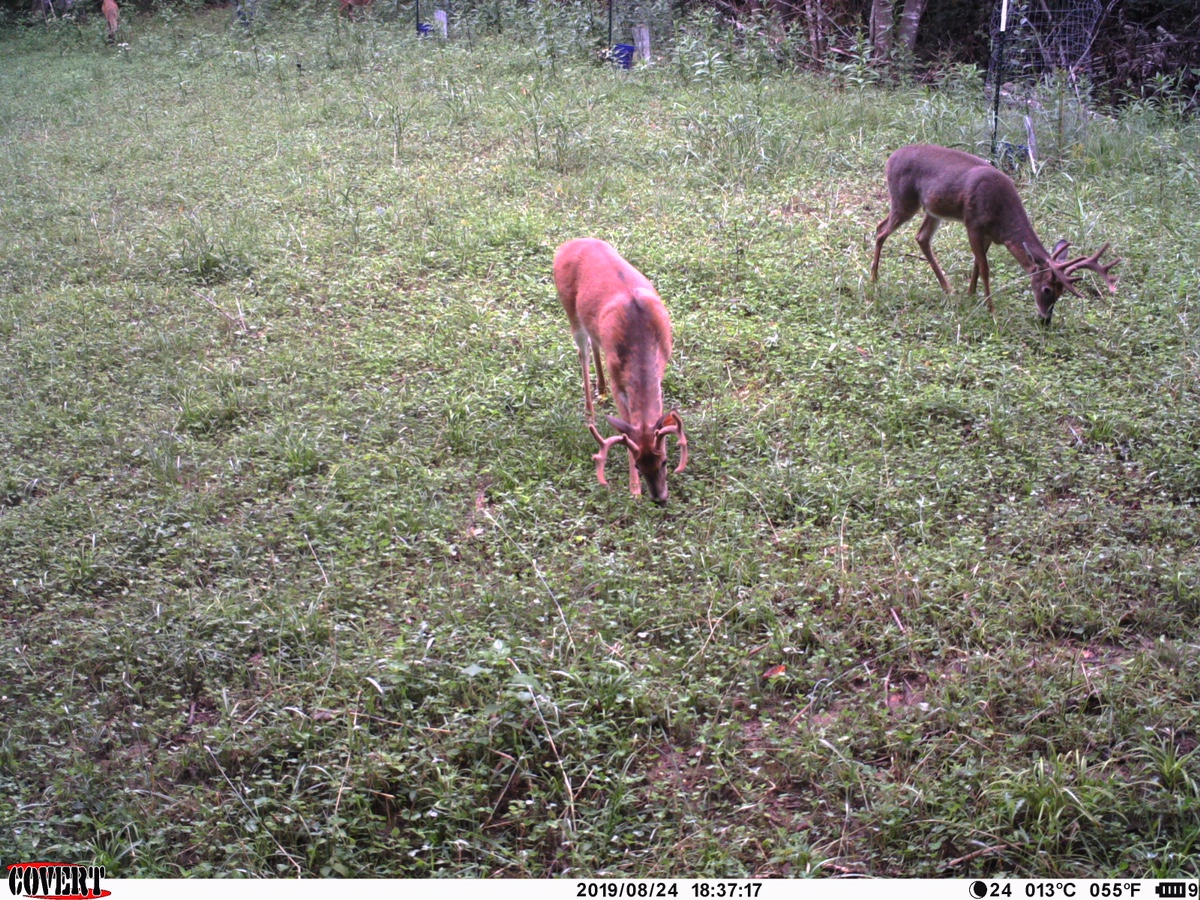weekender21
Well-Known Member
I enjoy observing what the deer are utilizing as their preferred browse throughout the year. Paying attention to heavily browsed areas tells me where the deer are and what they might prefer. Now in our second full summer of ownership, I’d label pokeweed near or at the top of the list for summer browse on our place. Poplar stump sprouts and nettle are readily available and also popular options but browse pressure on pokeweed is really impressive.
Pokeweed that aren’t hit by deer on our place grow to 6’ or more. Some of the plants in heavily traveled areas never become more than a small bush.
The apples and acorns are starting to fall. I’d guess the summer food sources have likely peaked and the deer will begin drifting towards the fall food.


Sent from my iPhone using Tapatalk
Pokeweed that aren’t hit by deer on our place grow to 6’ or more. Some of the plants in heavily traveled areas never become more than a small bush.
The apples and acorns are starting to fall. I’d guess the summer food sources have likely peaked and the deer will begin drifting towards the fall food.


Sent from my iPhone using Tapatalk






